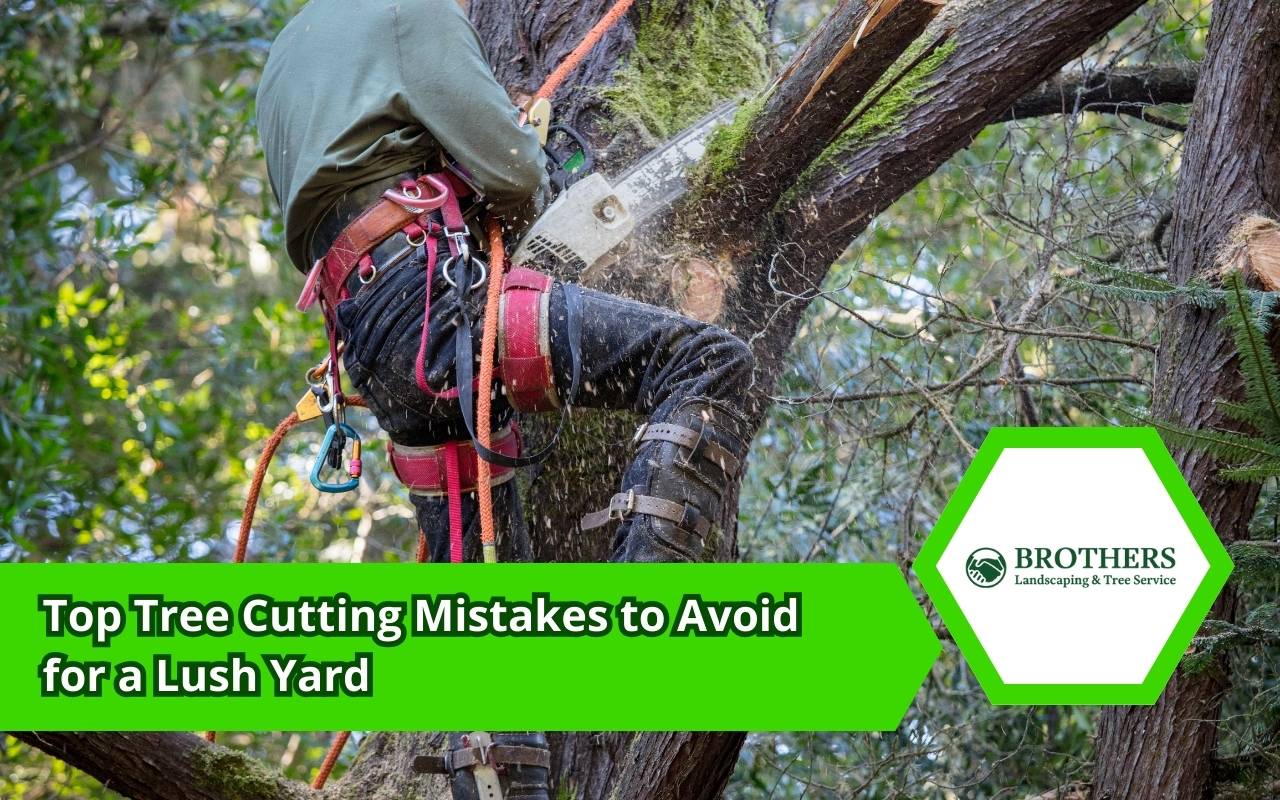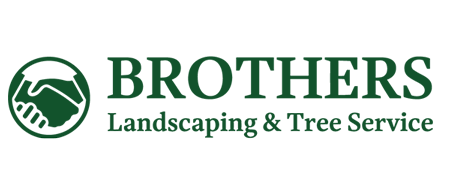
A lush yard offers peace and pride. Yet, creating this beauty requires avoiding common tree cutting mistakes. Incorrect techniques can harm trees, reduce growth, and even cause premature decline. Understanding the right approach protects both your garden and your investment.
Importance of Proper Tree Cutting Techniques
Using correct tree cutting methods is essential for healthy growth. One frequent error to watch out for is making flush cuts, which damage the branch collar. Such mistakes weaken natural defenses and invite pests. Moreover, jagged or stubbed cuts increase stress points, making trees vulnerable during storms.
Clean cuts at the collar allow fast healing. Therefore, always cut at the proper angle. By mastering these practices, you protect your trees from decay and structural failure.
Choosing the Right Tools for Tree Cutting
The right tools prevent unnecessary damage. Sharp, well-maintained pruners or saws ensure smooth cuts. A critical pruning mistake is using dull tools. They tear bark fibers and slow healing.
- Use hand pruners for branches under one inch.
- Choose loppers for limbs up to two inches.
- Employ pruning saws or pole saws for larger cuts.
Clean blades after every cut and sharpen them often. Regular maintenance reduces risks of infections spreading between trees.
Understanding Tree Growth Patterns
Each tree species grows uniquely. Recognizing natural growth habits helps prevent trimming mistakes. Deciduous and evergreen trees develop differently. Knowing these traits guides correct pruning decisions.
For instance, respecting seasonal cycles ensures cuts heal properly. Most trees respond best when pruned during dormancy. This timing reduces sap loss and prevents stress. Observing structural limbs and crotch angles supports long-term resilience.
Avoiding Over-Pruning: Finding the Balance
Removing too much canopy harms photosynthesis. A common tree cutting mistake is reducing more than 25 percent at once. Over-pruning weakens trees, exposes roots, and limits energy reserves.
- Never remove interior branches leaving only outer foliage (lion-tailing).
- Thin the canopy evenly to maintain airflow.
- Prune in late winter for quick healing.
Balanced cuts encourage steady regrowth and reduce breakage risks during storms.
Dealing with Diseased or Damaged Trees
Spotting early signs of disease prevents major decline. Look for leaf discoloration, bark cankers, or fungal growth. If caught early, pruning solves many issues. Yet neglect often leads to irreversible problems.
Apply the three-cut method for cracked branches. Clean tools between cuts to avoid spreading infection. In severe cases, complete removal may be necessary. If unsure, seek expert advice through this safety guide.
Safety Measures During Tree Cutting
Personal safety always comes first. Always wear protective gear such as gloves, helmets, and goggles. Inspect the environment for hazards before cutting.
- Maintain escape routes free from obstacles.
- Keep bystanders twice the tree height away.
- Never work alone during large removals.
When risks are high, contact professionals. Visit our Belfair team or Tacoma experts for reliable assistance.
Consulting with Arborists for Expert Advice
Sometimes, only certified arborists can ensure safety and precision. Their training identifies hidden risks and provides proper solutions. Arborists also carry specialized tools to handle complex jobs efficiently.
Relying on experts saves time and prevents costly mistakes. To schedule help, use our contact page. Seeking help early protects your trees and property.
Frequently Asked Questions
What happens if I cut too much of a tree?
Over-pruning reduces energy reserves. Trees may weaken, grow slowly, and become vulnerable to pests or breakage.
When is the best season for pruning?
Most trees respond best to pruning during dormancy, usually in late winter or early spring.
Should I disinfect my pruning tools?
Yes. Cleaning blades between cuts prevents spreading diseases from one branch or tree to another.
Can I prune diseased branches myself?
Yes, if the infection is minor. However, larger problems may require arborist intervention for safety and effectiveness.
How do I know if a tree needs removal?
If decay is widespread or structural damage is severe, removal is safest. Professional assessment ensures proper decisions.
Implementing Aftercare Practices for Healthy Trees
After cutting, care practices are essential. Mulch helps retain soil moisture and regulate temperature. Deep watering encourages strong root systems. Fertilize based on soil tests to provide balanced nutrients.
Monitor progress throughout the season. With consistent aftercare, your trees recover faster and remain resilient to future stress.
Nurturing Your Trees for a Lush Yard
Preventing common tree cutting errors requires patience and knowledge. Each step, from using sharp tools to seeking expert advice, ensures tree health. Consulting certified arborists guarantees safety and long-term growth. When you care properly, your yard thrives with vibrant, resilient trees.
